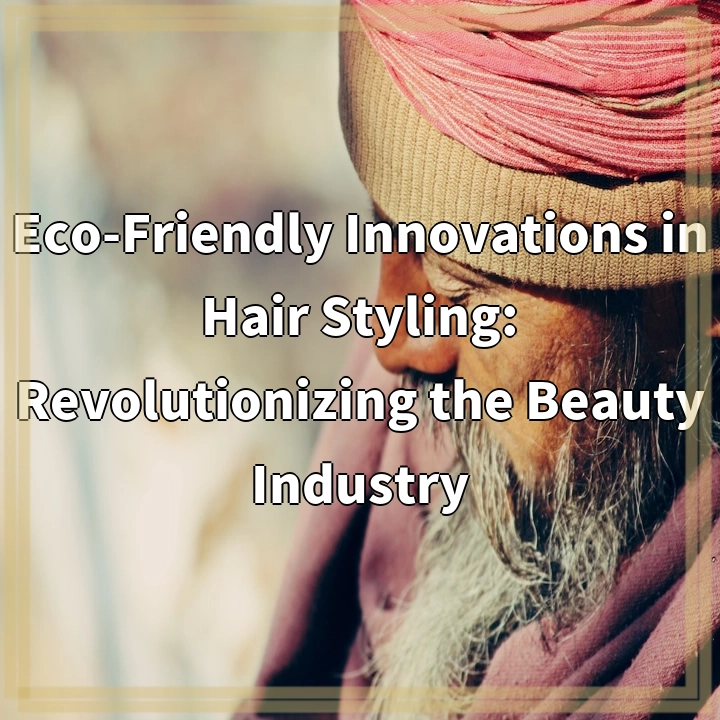
What it is:
Eco-friendly skincare and beauty trends are an emerging movement within the beauty industry that focuses on creating products and practices that are sustainable, ethically sourced, and environmentally friendly. As consumers become more conscious about their environmental impact, they are seeking out products and brands that align with their values of reducing waste, minimizing carbon footprint, and supporting eco-friendly practices.
Real-World Problems:
While there is a growing demand for eco-friendly skincare and beauty products, there are several real-world problems that need to be addressed.
1. Greenwashing:
One of the major challenges is greenwashing, where companies claim their products are eco-friendly without substantial evidence or commitment to sustainable practices. This can mislead consumers and make it difficult to identify truly eco-friendly options.
2. Lack of Regulation:
There is a lack of standardized regulations and certifications for eco-friendly skincare and beauty products. This makes it challenging for consumers to discern which products are genuinely sustainable and which are just marketing tactics.
3. Ingredient Sourcing and Transparency:
The skincare and beauty industry often rely on ingredients sourced from around the world, which can have a negative impact on local communities and ecosystems. Ensuring transparency in ingredient sourcing and supporting fair trade practices is essential for eco-friendly brands.
4. Packaging Waste:
The beauty industry is notorious for excessive packaging, leading to an alarming amount of waste. Eco-friendly brands need to find innovative ways to reduce packaging waste, such as using recyclable, biodegradable, or refillable materials.
5. Consumer Education:
Many consumers are unaware of the environmental impact of their skincare and beauty routines. Educating consumers about the importance of eco-friendly choices and providing accessible information about sustainable alternatives is crucial for driving positive change.

Solutions:
Addressing the real-world problems associated with eco-friendly skincare and beauty trends requires concerted efforts and collaboration from various stakeholders.
1. Authentic Certifications:
Establishing standardized certifications for eco-friendly skincare and beauty products can help consumers identify trustworthy and genuinely sustainable options. These certifications should be backed by transparent and rigorous criteria.
2. Regulation and Accountability:
Regulatory bodies should develop and enforce clear guidelines and regulations to prevent greenwashing. Strict monitoring and penalties for misleading claims can boost accountability and maintain the integrity of eco-friendly products.
3. Sustainable Sourcing:
Brands should prioritize sourcing ingredients ethically and sustainably. This includes supporting fair trade practices, partnering with local communities, and ensuring transparency in the supply chain. Organic and locally-sourced ingredients can also reduce the carbon footprint.
4. Innovative Packaging Solutions:
Exploring alternative packaging materials, such as recyclable or biodegradable options, can significantly reduce the environmental impact of skincare and beauty products. Brands can also embrace refillable packaging or minimal packaging designs to limit waste generation.
5. Consumer Education and Awareness:
Educating consumers about the environmental impact of their beauty choices is essential. Brands and organizations can conduct awareness campaigns, provide accessible information about sustainable alternatives, and encourage consumers to make conscious purchasing decisions.















